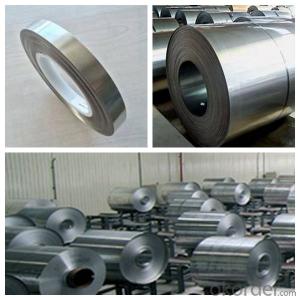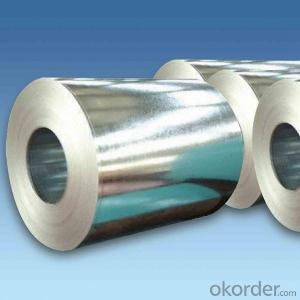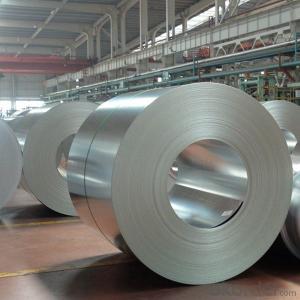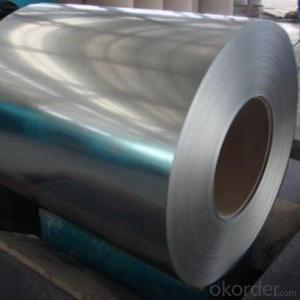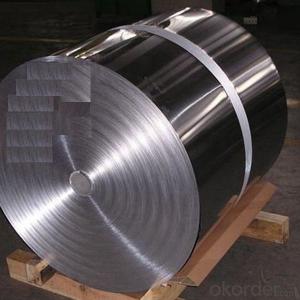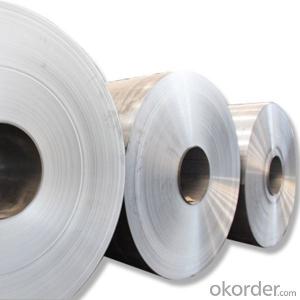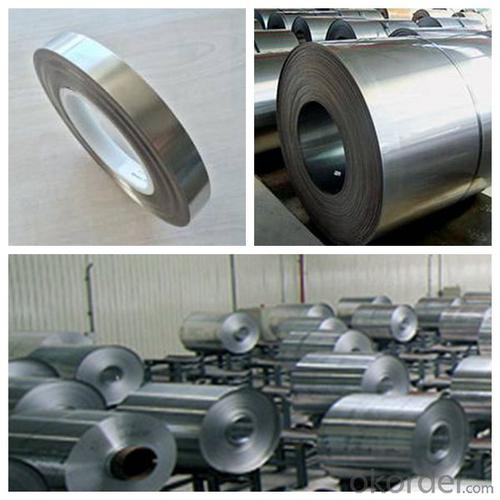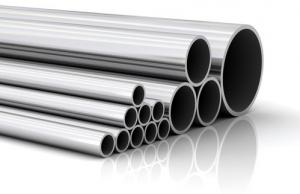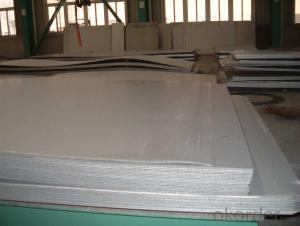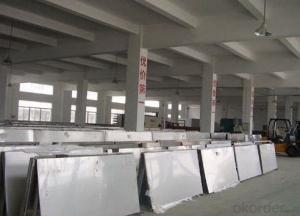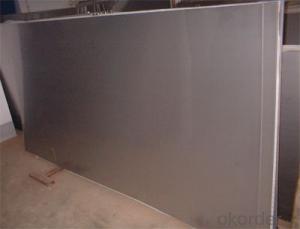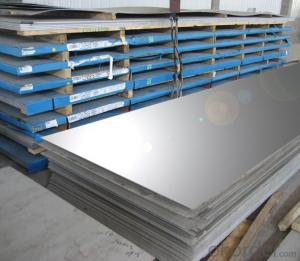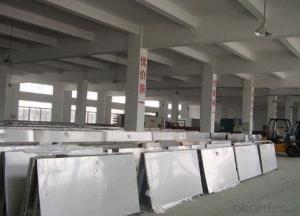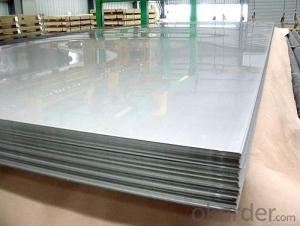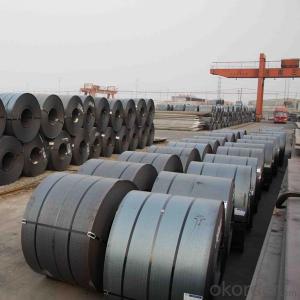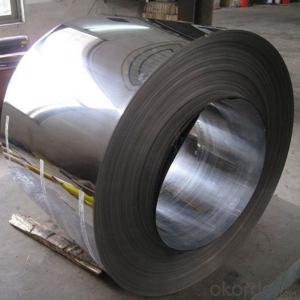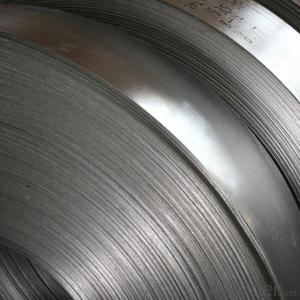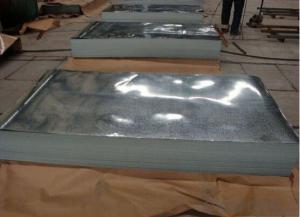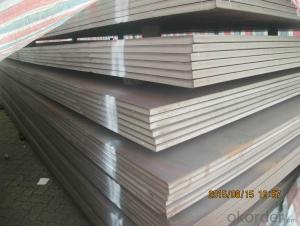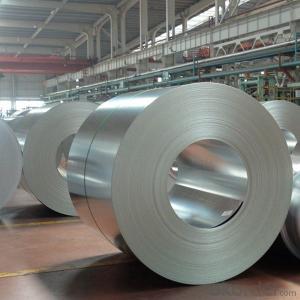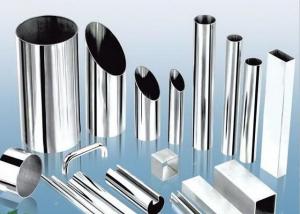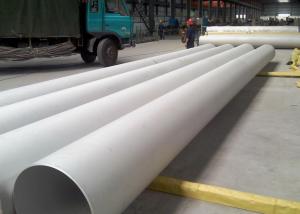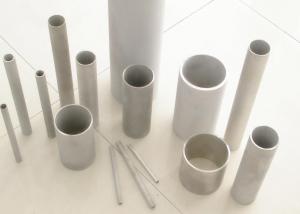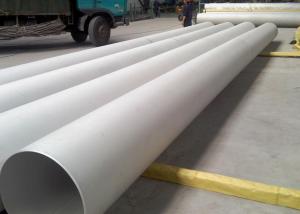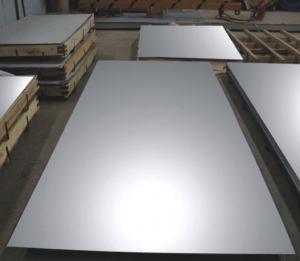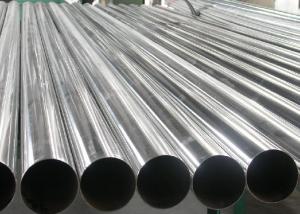Steel Sheet Hot Rolled Stainless Steel Made in China
- Loading Port:
- Tianjin
- Payment Terms:
- TT OR LC
- Min Order Qty:
- 100 m.t.
- Supply Capability:
- 200000000 m.t./month
OKorder Service Pledge
OKorder Financial Service
You Might Also Like
Specification
Description for Stainless Steel Coils/Sheets:
Material | 201/202/301/304/304L/310S/316/316L/321/410/420 |
Technique | old Rolled, Cold Drawn, Hot Rolled |
Standard | ASTM,AISI,JIS,GB,DIN,EN |
Thickness | 0.3mm-100mm or as your requirement |
Width | 100mm-3000mm or as your requirement |
Length | 1000mm-10000mm or as your requirement |
Surface Treatment | BA,2B,No.1,No.4,No.8,HL,8K,Brush |
Packing | 1.Export sea worthy package + water proof paper + wooden pallet 2. Max Loading 26.5mt for each 20Gp container 3.Safe loading and fixing Professiona teams 4. Professional shipping line |
Delivery | 25 days after received the 30% deposit of T/T or L/C |
Payment | T/T,30%payment in advance,70%T/T after the copy of B/L or L/c at sight |
Application | Stainless Steel Sheets are widely used in below fields: 1: Construction field, shipping building industry 2: Petroleum and Chemical Industries 3: Food and Mechanical Industries |
Specifications for Stainless Steel Coils/Sheets:
Grade | C ≤ | Si ≤ | Mn ≤ | P ≤ | S ≤ | Ni ≤ | Cr ≤ |
201 | 0.12 | 0.75 | 7.00 | 0.045 | 0.045 | 1.00-1.28 | 13.70-15.70 |
202 | 0.15 | 1.00 | 2.25 | 0.045 | 0.045 | 4.07-4.17 | 14.00-16.00 |
304 | 0.08 | 0.75 | 2.00 | 0.045 | 0.03 | 8.00-11.00 | 18.00-20.00 |
304L | 0.035 | 0.75 | 2.00 | 0.045 | 0.03 | 8.00-13.00 | 18.00-20.00 |
309 | 0.15 | 0.75 | 2.00 | 0.045 | 0.03 | 12.00-15.00 | 22.00-24.00 |
310S | 0.08 | 1.50 | 2.00 | 0.045 | 0.03 | 19.00-22.00 | 24.00-26.00 |
316 | 0.08 | 1.00 | 2.00 | 0.045 | 0.03 | 10.00-14.00 | 16.00-18.00 |
316L | 0.035 | 0.75 | 2.00 | 0.045 | 0.03 | 10.00-15.00 | 16.00-18.00 |
321 | 0.04-0.10 | 0.75 | 2.00 | 0.045 | 0.03 | 9.00-13.00 | 17.00-20.00 |
405 | 0.08 | 0.75 | 1.00 | 0.045 | 0.03 | 0.06 | 11.5-13.5 |
409 | 0.089 | 1.00 | 1.00 | 0.045 | 0.05 | 0.06 | 10.50-11.75 |
410 | 0.15 | 0.75 | 1.00 | 0.045 | 0.03 | 0.06 | 11.5-13.5 |
420 | 0.16-0.25 | 1.00 | 1.00 | 0.040 | 0.03 | 0.06 | 12.00-14.00 |
430 | 0.12 | 0.75 | 1.00 | 0.045 | 0.03 | 0.06 | 16.00-18.00 |
Features of Stainless Steel Coils
(1)Good ductility
(2)Good corrosion resistance
(3)Excellent abrasion resistance and fatigue strength
(4)Good weldability
(5)Oxidation resistant performance
(6)Excellent in high temperature
Detail picture for Stainless Steel Coils/Sheets
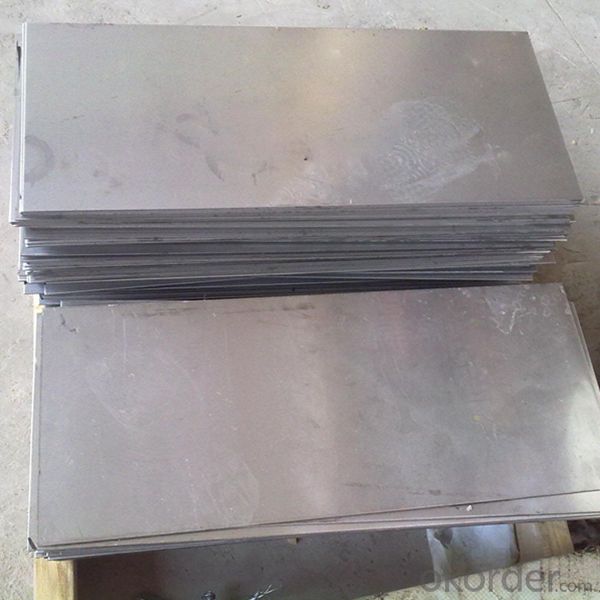
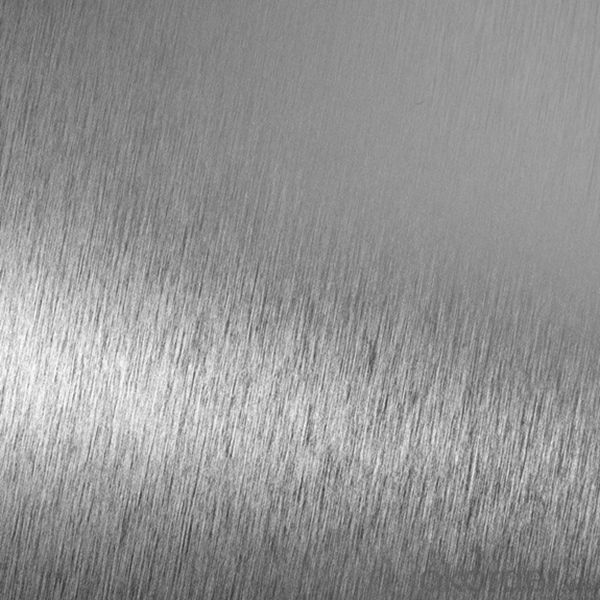
Application of Stainless Steel Coils
(1)Boiler heat exchanger,
(2)Chemical industries,
(3)Hardware fields,
(4)Construction material,
(5)Kitchen utensils,
(6)Building construction,
(7)Medical equipment,
(8)Chemical tank,
(9)Pipe etc
FAQ for Stainless Steel Coils/Sheets:
Q: How can I get the samples?
A: If you need some samples to test ,please pay for the transportation freight of samples and our samples are free for you.
Q: How can I get your price list?
A: Please send us your email or fax and order information – Quantity, Specification (steel type, thickness, width, surface finish), then I can send you the price list.
- Q: What are the common sizes of stainless steel sheets?
- The sizes of stainless steel sheets can vary depending on the industry and application. However, there are standard sizes readily available in the market. For example, stainless steel sheets usually have thicknesses ranging from 0.4mm to 3.0mm. The most commonly found widths are 1000mm, 1219mm, and 1500mm, while the most frequently seen lengths are 2000mm, 2438mm, and 3000mm. These dimensions are commonly known as 4x8 (4 feet by 8 feet), as they are the standard size for stainless steel sheets used in construction and fabrication projects of various kinds. It is important to mention that stainless steel sheets can also be custom-cut to precise dimensions according to the requirements of a specific project. This allows for greater flexibility and ensures that the sheets fit perfectly for their intended application.
- Q: Can stainless steel sheets be used for elevator panels?
- Yes, stainless steel sheets can be used for elevator panels. Stainless steel is a popular material choice for elevator panels due to its durability, strength, and aesthetic appeal. It is resistant to corrosion, damage, and wear, making it suitable for high-traffic areas like elevators. Stainless steel panels are also easy to clean and maintain, which is important for maintaining a clean and polished appearance in elevators. Additionally, stainless steel can be easily customized and fabricated to fit specific elevator dimensions and design requirements. Overall, stainless steel sheets are a reliable and versatile option for elevator panels.
- Q: Can stainless steel sheets be painted or coated?
- Yes, stainless steel sheets can be painted or coated. However, it is important to properly prepare the surface by cleaning and applying a suitable primer before painting or coating to ensure adhesion and durability of the finish.
- Q: What are the different surface finishes available for stainless steel sheets?
- Some of the different surface finishes available for stainless steel sheets include brushed, mirror, satin, and embossed finishes. These finishes can provide different aesthetic appearances and textures to suit various applications and design preferences.
- Q: 304 stainless steel plate price ups and downs affected by what factors?
- That is, inventory relations, supply and demand has been constantly guide prices, and inventory is a good response to the current market supply and demand. Oversupply, stainless steel prices, inventory backlog. Supply falls short of demand, and inventories are very tight as prices rise. If a series of stainless steel prices are too high, then the stainless steel market will appear in this series of alternatives. Substitutes generally have many advantages, such as low prices, cheap materials, superior performance and so on. Therefore, the emergence of substitutes can also cause price fluctuations.
- Q: Are stainless steel sheets suitable for elevator buttons?
- Indeed, elevator buttons can be made from stainless steel sheets. The reason behind this preference for stainless steel lies in its remarkable durability, resistance to corrosion, and effortless upkeep. Given that elevator buttons are frequently pressed by countless individuals throughout the day, stainless steel can endure the strain and continuous usage without compromising its visual allure. Moreover, stainless steel boasts simple cleaning and sanitizing procedures, rendering it an excellent hygienic option for elevator buttons. In summary, stainless steel sheets represent a superb choice for elevator buttons, delivering both resilience and a stylish, contemporary look.
- Q: Are stainless steel sheets suitable for cryogenic applications?
- Yes, stainless steel sheets are suitable for cryogenic applications due to their excellent mechanical properties, low thermal conductivity, and resistance to temperature extremes. Stainless steel can maintain its strength and integrity even at extremely low temperatures, making it an ideal material for cryogenic storage tanks, pipelines, and equipment.
- Q: What are the different types of edge finishes available for stainless steel sheets?
- There are several types of edge finishes available for stainless steel sheets, including the straight edge, beveled edge, rounded edge, and hemmed edge.
- Q: How do you put the mirror panel on the stainless steel panel?
- Stainless steel hot rolled plate mirror polishing (mirror, polishing)In recent years, more and more requirements for polishing of stainless steel hot rolled plate, and even mirror polishing have been demanded. The treatment of hot rolled plate is quite different from that of cold rolled plate, and the whole process is more complicated and difficult to handle than cold rolled plate.
- Q: Can stainless steel sheets be used for stadium seating?
- Certainly! Stadium seating can indeed utilize stainless steel sheets. This particular material boasts durability and resistance against corrosion, rendering it a fitting choice for outdoor purposes such as stadium seating. It can endure various weather conditions, be it rain, snow, or harmful UV rays, without succumbing to deterioration or rust. By manipulating stainless steel sheets, one can fashion them into diverse seating structures, thus presenting a robust and enduring seating solution for stadiums. Furthermore, stainless steel possesses an appealing aesthetic and can be finished in numerous manners to elevate its visual allure, thereby contributing to the stadium's overall design.
Send your message to us
Steel Sheet Hot Rolled Stainless Steel Made in China
- Loading Port:
- Tianjin
- Payment Terms:
- TT OR LC
- Min Order Qty:
- 100 m.t.
- Supply Capability:
- 200000000 m.t./month
OKorder Service Pledge
OKorder Financial Service
Similar products
Hot products
Hot Searches
Related keywords
